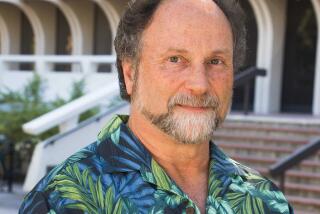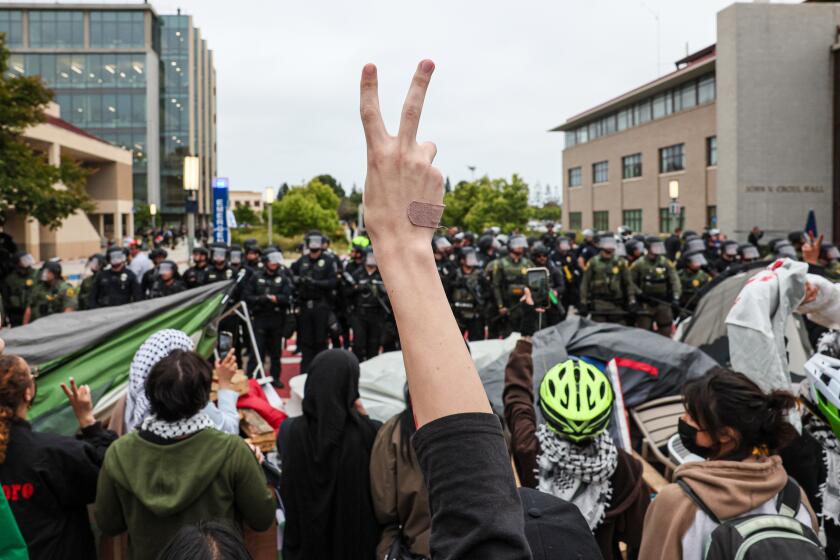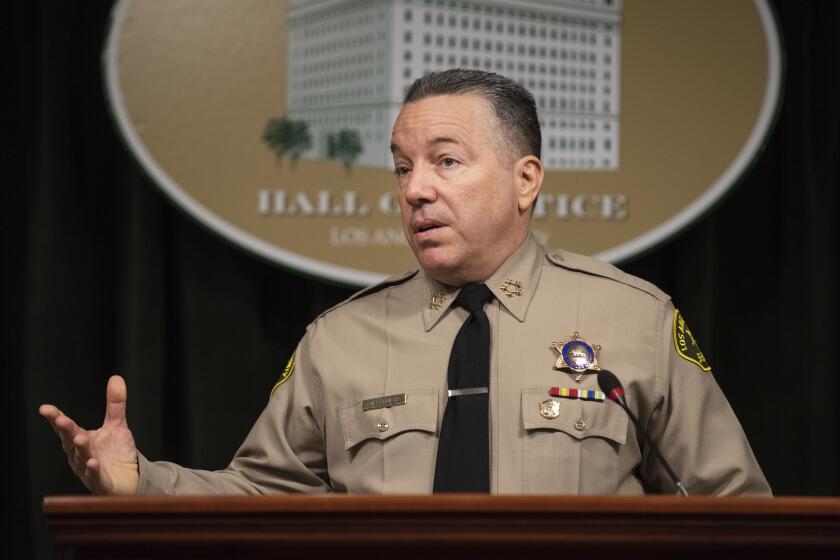Nuclear cleanup at Santa Susana facility would finish by 2017 under settlement
In a major victory for community activists worried about health risks linked to a contaminated former nuclear research facility overlooking the west San Fernando Valley, state and federal authorities on Friday proposed a settlement agreement to clean up the site by 2017.
Under the proposal by the U.S. Department of Energy and NASA, the California Department of Toxic Substances Control will oversee what is expected to be among the most intensive cleanup programs in the country.
The effort would involve hauling significant amounts of soil contaminated with carcinogenic dioxins, heavy metals and radioactive materials from the Santa Susana Field Laboratory to licensed waste dumps as far away as Utah, according to Rick Brausch, project director at the California agency.
If all goes according to plan, a final agreement could be in place within two months, Brausch said.
“After years of investigations and studies over where contamination exists at the site, we have now settled on how clean it needs to be,” Brausch said. “There will be no contamination left after responsible parties complete their work.”
Dan Hirsch, president of the antinuclear group Committee to Bridge the Gap, which has been struggling for three decades to get the 2,849-acre site 30 miles northwest of downtown Los Angeles cleaned up, described the proposal as “a magnificent breakthrough.”
“The community won today,” Hirsch said. “At long last, tens of thousands of people living in the shadow of this contaminated facility will be protected from its radioactive and toxic legacy.”
The settlement had been urged for years by community activists, California Environmental Protection Agency Secretary Linda Adams and U.S. Sen. Barbara Boxer, chair of the environment and public works committee.
“Mostly, I want to thank the community members who never lost hope and never stopped fighting year after year after year,” said Assemblywoman Julia Brownley (D- Santa Monica).
Some locals blame their health problems on America’s first partial nuclear meltdown, which occurred on the morning of July 14, 1959, when a reactor at the facility in the Santa Susana Mountains spewed colorless and odorless radioactive gases into the atmosphere.
Five weeks later, the Atomic Energy Commission published a news release indicating that “a parted fuel element had been observed,” a reference to damage. But it added that there was no evidence of radioactive releases or unsafe operating conditions at the facility, which employed several thousand people.
Details of the incident were not disclosed until 1979, when a group of UCLA students discovered documents and photographs that referred to a problem at the site involving a “melted blob.”
Radioactive emissions from the accident could have resulted in 260 to 1,800 cases of cancer within 62 miles of the site over a “period of many decades,” according to a study released in 2006.
The facility is now owned by NASA and Boeing Co., which disputed the study’s findings, saying it was based on miscalculations and faulty information. The company cited a Boeing-commissioned study released in 2005 that found overall cancer deaths among employees at the field lab and at a Canoga Park facility between 1949 and 1999 were lower than in the general population.
Boeing, which owns two parcels used to test rocket engines, was not immediately available for comment Friday.
“We are continuing to work with Boeing,” Brausch said, “to come to a similar agreement so that they can fulfill their responsibilities at the site.”
louis.sahagun@latimes.com
More to Read
Sign up for Essential California
The most important California stories and recommendations in your inbox every morning.
You may occasionally receive promotional content from the Los Angeles Times.











